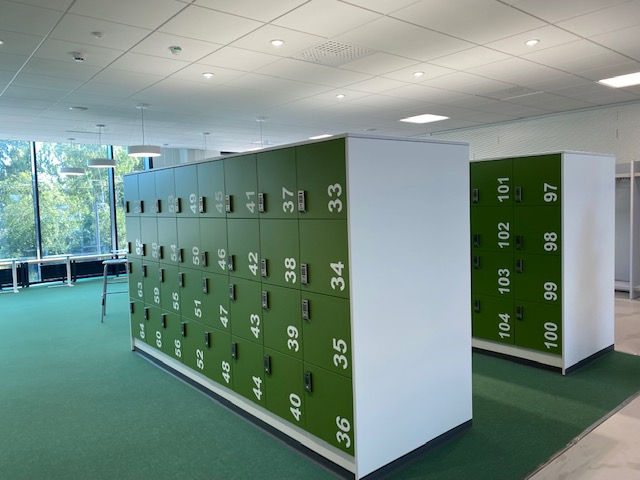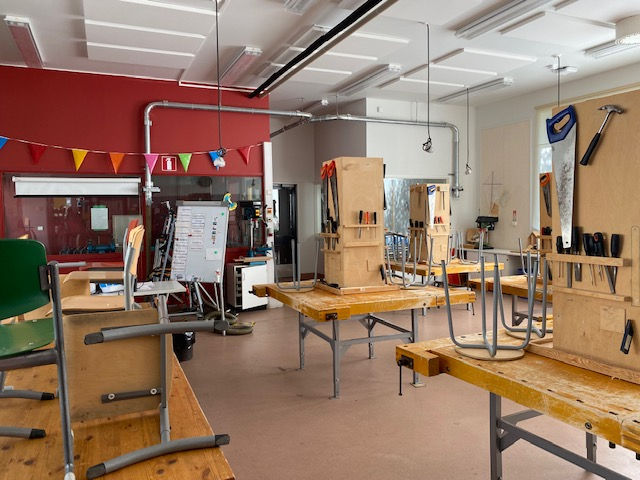Final Stop Finland (part 2: educational visits)
- kpatterson

- Aug 28, 2022
- 4 min read
Library visit: Oodi Helsinki Main Library
100,000 books
64 employees
9 living trees
2 cafes
Topic of discussion:
The building blocks of a great participatory learning experience











First school visit
University
Student population- 31,564
Employees, 58% teaching and reaching staff (of which 27% international staff)
11 Faculties
4 Campuses
The University of Helsinki was founded by a 13 year-old girl. The world learned to know her as Christina, queen of Sweden.
“Since 1640, we have been the cradle of Finnish civilization, educated seven presidents, four Nobelists and thousands of leaders in politics, science, culture and economics. And helped build a society considered one of the best in the world.”
The University of Helsinki is among the top 0.5% of the world’s approx 18,000 institutions of higher education.
Three Core Duties
Research
Teaching
Community Relations
“We Finns believe in a fair society. Be it health, education or technology, we create solutions for the many rather than for the few. The roots of the excellent Finnish school system and national health care were planned in our University. We believe in radical openness in science, data and innovations. Transparency, equality and justice guides us in everything we do.”
Values
Truth
Leads to pursue new knowledge
Requires critical thinking
Promotes high-quality research
Bildung
Guides on the right path
Serves as our moral conscience
Cultivates stability and open mindedness
Freedom
Encourages creativity
Affirms the autonomy and responsibility of our University
Inclusivity
Safeguards our equality
Translates into diversity and respect for others
Springs from democratic empowerment
Structure of High Education
Universities
Theoretical & advanced studies
Undergraduate programs (Bachelor) 3 years
Graduate programs (Masters) 2 years
Doctoral programs 4-6 years
Universities of Applied Sciences
Applied research, practice oriented
Undergraduate program (Bachelor) 4 years
Graduate programs (Masters) 1-2 years
Requires 3 years of relevant work experience before applying
Topics of discussion at the University of Helsinki
Ministry of Education & Culture lecture: Finnish Education System and Life-Long Learning Initiatives
Finland- a society of trust
Finns report a high rate of interpersonal trust– trust in each other is a key driver of economic and social outcomes
Underlying educational understanding in based on equity
“Everyone has the right to basic education free of charge. The public authorities shall guarantee for everyone equal opportunity to receive other educational services in accordance with their ability and special needs, as well as the opportunity to develop themselves without being prevented by economic hardship.”- Constitution of Finland, 2000
The Reform Processes of Education since 1960s
Political balance change after WWII: centre & left parties in power (1950s-1980s)
Society was reformed following Nordic Welfare society ideals
Equality & equal society became the main political objectives; supported by all parties today
Education was seen both as an instrument in making equal society & equal educational opportunities as an end in itself
The comprehensive school reform (1968) -> implementation (1972-1977) supported by follow-up study
Reform of teacher education in 1970s: teacher education into universities, today all teachers have a Master’s degree
Cornerstones in Finnish Education
Political decisions in 1960s and 1970s good education for all
Universal and free education with free school meals
Equal opportunities to all pupils whatever their place of residence, gender, family background or financial standing
No dead ends in the system
Faith and trust in the importance of education
Focus on learning, not steering
The evaluation of the learning outcomes of schools and students in encouraging and supportive by nature
Information that helps both schools and students develop
No national teaching of learning outcomes, school ranking lists or inspection systems
Strong role of municipalities and schools
Competent teachers with master’s degree and autonomy in their work
Education is developed in partnership to ensure commitment and seamless implementation
National authorities, local authorities, teachers’ union, social partners, parents, pupils/students, research institutions, other relevant stakeholders
Equity in Education
Education is free at all levels
Every pupil and student has the right to educational support
Special needs education is generally provided in conjunction with mainstream education
Efforts to support language minorities and migrants
Life-long learning in focus
General and vocational pathways at upper secondary level
Most students continue their studies
General upper secondary education is flexibly organized
First national examination at the end of general upper secondary education (i.e. matriculation examination)
Vocational education and training in cooperation with the world of work
Competence-based qualifications offer a way to demonstrate prior learning
Higher education with a dual structure
Most university students aim for a Master’s degree
Universities of applied sciences’ (polytechnics) degree provide students with practical professional skills
Highly educated teaching personnel
The most common pre-service requirement is a Master’s degree
Educational leaders are required a teacher qualification
Continuing teacher education is encouraged
Finland that promotes competence, education, culture and innovation
Objective 1
The level of education and competence among the population will rise at all levels of education, differences in learning outcomes will decrease, and educational equality will increase
Objective 2
Children and young people will feel well
Objective 3
Education and training will enhance gender equality and non-discrimination in society
Objective 4
Finland will be an international attractive place to study, conduct research and invest
Government period 2019- some achievements and work in progress
Common key drivers: demographic change, digitalization, transformation of work, dis-and misinformation, internationality, state of the environment…
…and aims: raising the educational and competence level of the whole population, equity, sustainable growth, high level of employment, active citizenship, internationalization…
Extension of compulsory education
“In force as of 1 August 2021, means that the compulsory education level is reached when youngsters are 18 years-old or have completed an upper secondary qualification; either the general upper secondary cycle (or matriculation examination) or the vocational training qualification."
Education Policy Report of the Finnish Government (2021)
Sustainable Growth Programme for Higher Education in Finland
Development of co-operation and provider structure in upper secondary education
Parliamentary reform of continuous learning
Presentation of Teacher Training Education




Second school visit
High School
Topics of discussion:
Tour of new building (20 year process)
Q&A with students/principal






Third school visit
Vocational School
Topics of discussion:
“No Dead Ends”- the importance of life-long learning
Access to education





Fourth school visit
Grade 1-8 (elementary and middle school)
Topics of discussion:
Teacher autonomy, trust, and ownership
Special Education
Preparing students for the future (citizenship, wellbeing, and sustainability






Fifth school visit
Student population ~ 150 students
Grade 1-6
Recently created a class for Ukraine refugee students. They volunteered to have their wood workshop turned into a classroom for refugees students in this specific area.
Topics of discussion:
Arts and skills in the classroom
Language and global awareness
Phenomenon based learning and whole child learning







Sixth school visit
Nature Center
Topic of discussion:
Lecture on nature in the classroom







Comments